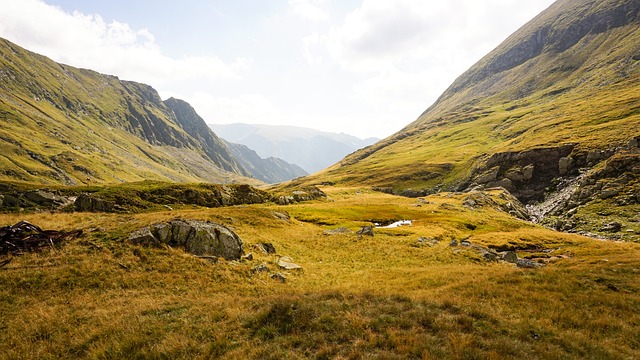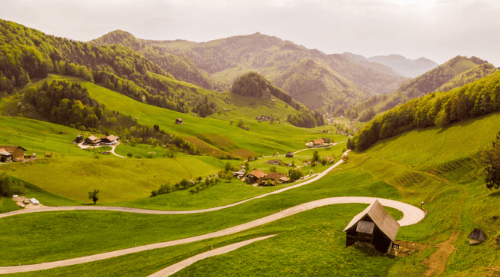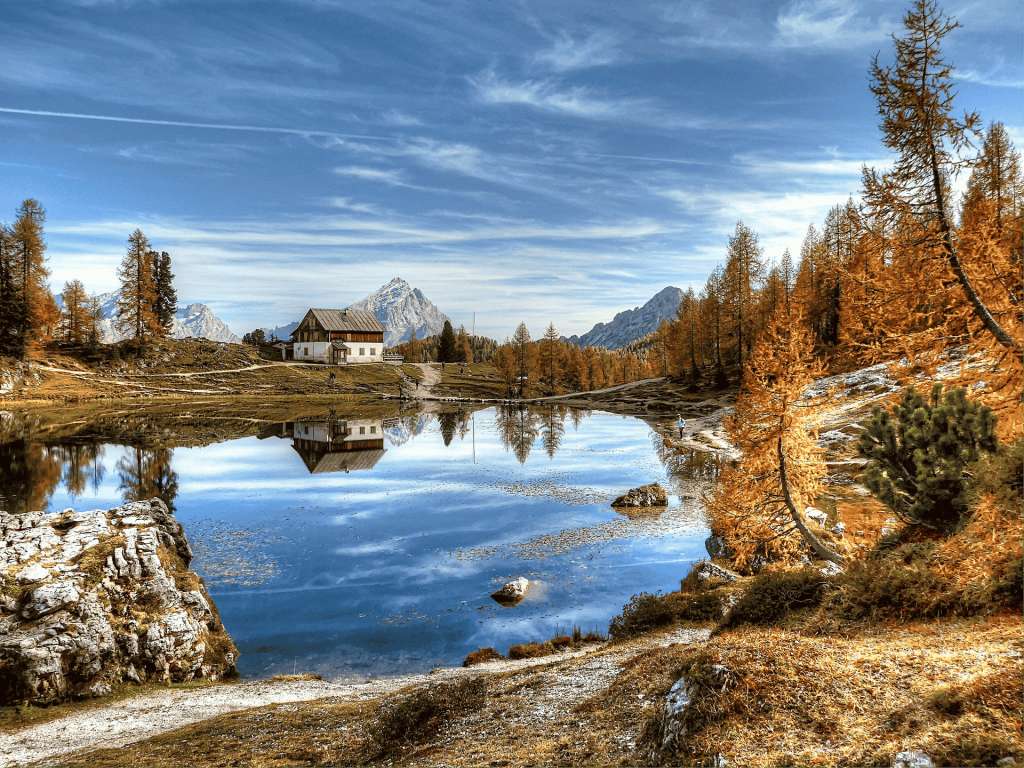We may recommend products related to the content you're reading. If you use any of these links, we might earn a commission. This doesnt add any costs for you, but it helps support our mission. Thank You!
Wild camping is an incredible way to experience nature, avoid crowded campgrounds, and save money while traveling. However, laws regarding wild camping vary across Europe, and while some countries openly allow it, others have stricter regulations. There are also some areas where wild camping exists in a legal grey zone—it’s not officially permitted, but enforcement is rare. If you’re an adventurer looking for these unofficial spots, here’s what you need to know.
Understanding the Legal Grey Zones
Many countries don’t explicitly allow wild camping, but in practice, it is tolerated in certain remote or rural areas. This is often due to a lack of enforcement or local customs that accept responsible camping. That said, it’s always wise to respect nature, avoid private land, and leave no trace.
Where Wild Camping is Allowed in Europe (Unofficially)
1. Romania
Wild camping is generally discouraged in protected areas like the Carpathian Mountains. However, camping in more remote, less protected spots can still be a good experience if you research the area and follow local rules.

2. France
Wild camping in France is allowed, but certain areas—particularly national parks—require permission. You can camp on public land, but avoid areas near villages. In rural regions, discretion is key, and you’ll often find it tolerated as long as you respect the environment.
3. Switzerland
In Switzerland, wild camping is permitted in remote areas, particularly in the mountains. However, national parks and forested regions may have restrictions. To camp responsibly, check local guidelines and be aware of the rules in different cantons. Stay away from sensitive environments, and always leave no trace.

4. Austria
Austria allows wild camping in remote areas like the Alps, though national parks and protected zones are off-limits. In other parts, wild camping is more freely permitted as long as you respect nature and follow local regulations.
5. Italy
While wild camping in Italy is technically illegal in most areas, it’s often tolerated in remote locations, especially along hiking trails or in more isolated spots. In national parks, you’ll need permission. If you’re discreet and respectful of the environment, you’ll likely encounter fewer issues, particularly in rural and mountainous regions.

6. Spain
In Spain, wild camping is officially illegal in most regions, especially near protected areas and popular tourist spots. However, in remote regions like the Pyrenees or parts of the interior, camping is often tolerated. Stick to uncrowded places, follow local regulations, and keep a low profile to enjoy the freedom of the outdoors.
7. Portugal
Wild camping is generally not allowed in Portugal, but it’s often tolerated in remote locations such as forests and along certain beaches. In national parks, specific rules apply, and you may need a permit. If you’re camping on public land away from populated areas, you’ll likely find it easier to camp responsibly.

8. Croatia
In Croatia, wild camping is mostly prohibited, especially near beaches and national parks. However, in remote spots, camping is often tolerated. There are also designated camping areas in rural regions, so if you find yourself far from popular tourist destinations, wild camping can still be a possibility.
9. Poland
Wild camping is allowed in some parts of Poland, especially in national parks and natural areas. There are specific spots where you can camp freely, though in popular tourist areas, it’s more regulated. As always, check local rules before setting up your tent.

10. Albania
Albania is one of the most relaxed countries for wild camping in Europe. With stunning landscapes and few regulations, you can pitch your tent almost anywhere, especially in the mountains and remote areas. While some places may have specific rules, many regions welcome campers who respect the land.
Tips for Wild Camping in Unofficial Areas
- Be discreet: Avoid highly visible locations and don’t camp in the same spot for multiple nights.
- Respect nature: Follow Leave No Trace principles by packing out all trash and minimizing your impact.
- Avoid private property: Unless you have permission from the landowner.
- Arrive late, leave early: Set up at sunset and pack up at sunrise to minimize detection.
- Stay away from tourist-heavy zones: Remote areas are less likely to attract attention from authorities.
Final Thoughts
While wild camping in these unofficially accepted areas carries some risks, many travelers enjoy the freedom it provides. Always check local regulations, be respectful, and have a backup plan in case you are asked to move. If you’re looking for more tips on camping and outdoor adventures, check out our guide on Where Can You Legally Wild Camp in Europe?




